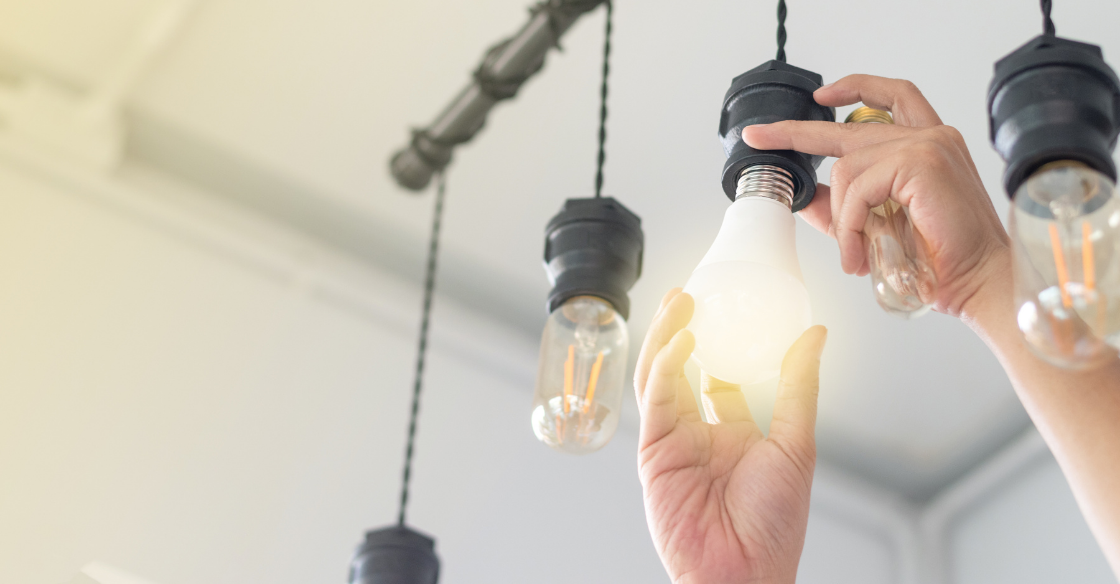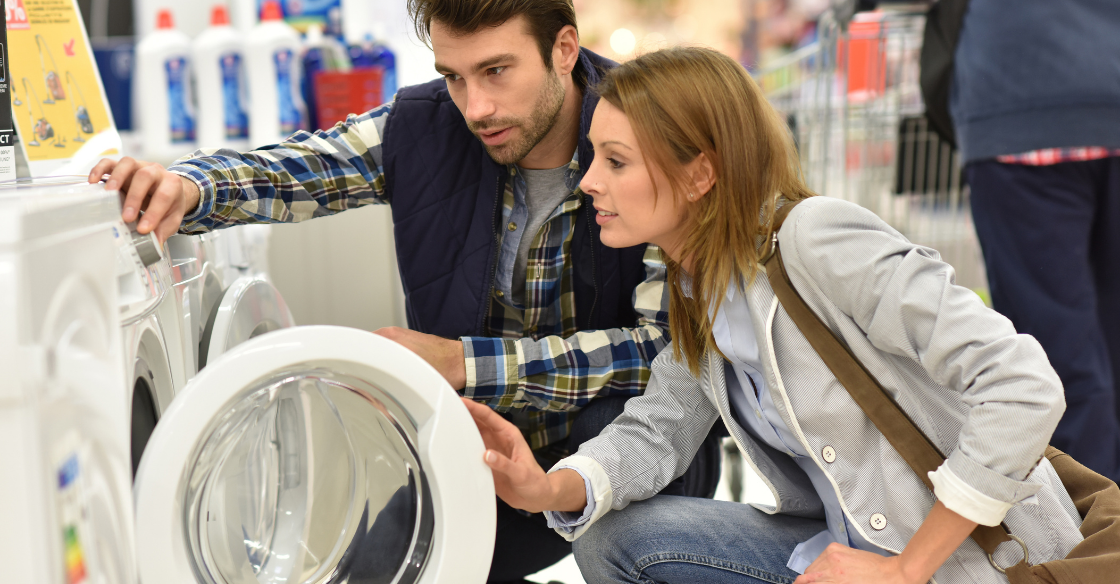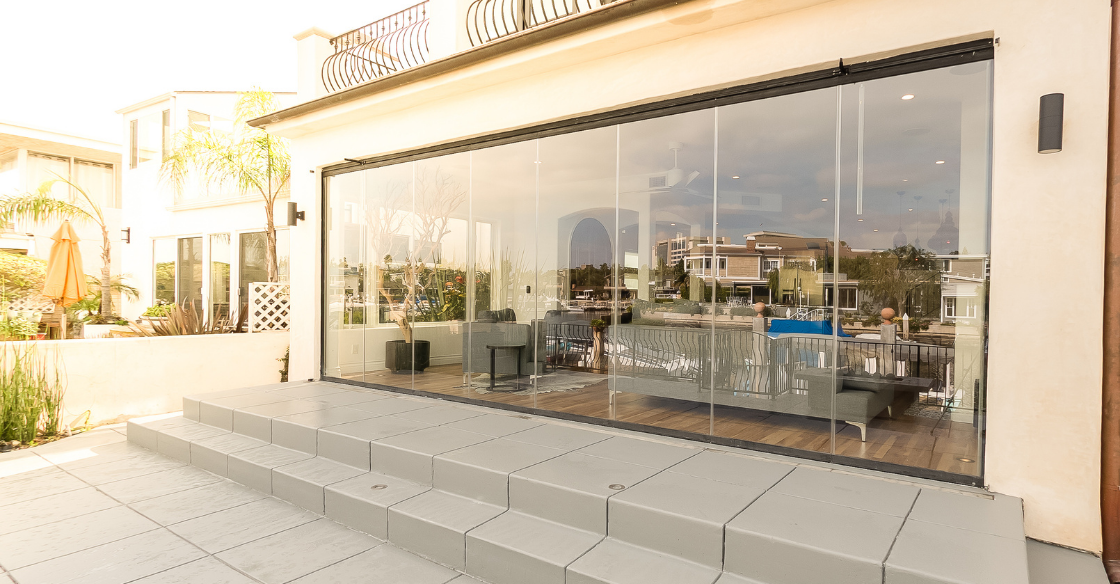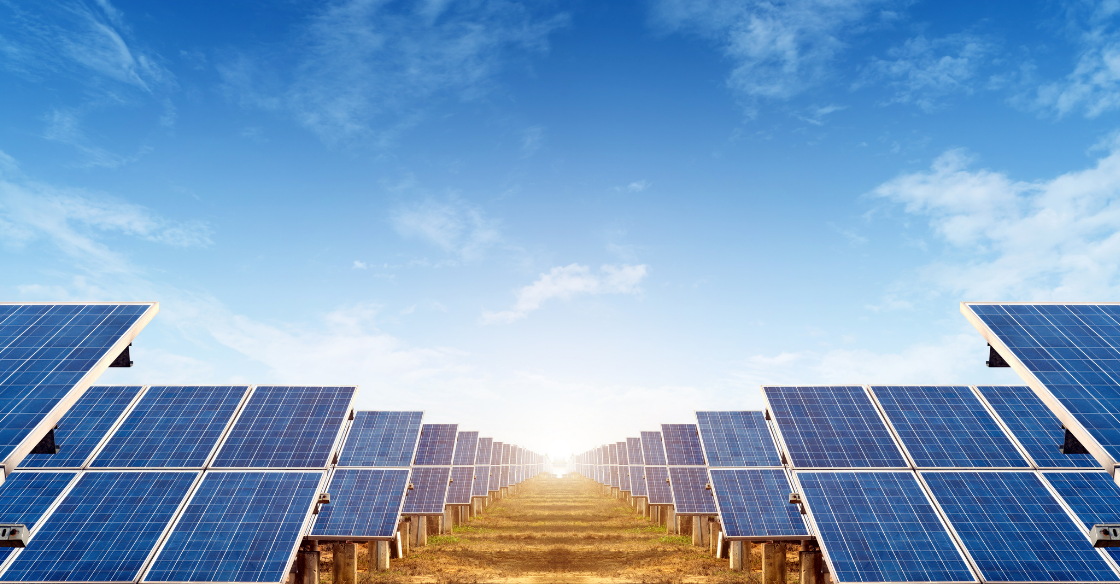These days, eco-friendly designs are not just a fad — they’re the norm. As homeowners and business owners alike pay more attention to the global climate changes we’re facing, it’s more important than ever to design with the future in mind.
It makes sense from an environmental perspective, but there are also benefits beyond that. While architects and builders need to keep new energy codes and regulations in mind, businesses with eco friendly and energy-efficient buildings can also take advantage of tax breaks, rebates, and lowered energy costs overall. Similarly, there are several programs available to homeowners that commit to energy efficient home improvements.
Keep reading as we explore a few ideas to keep in mind as you’re building, renovating, and planning for future improvements.
1. Focus on Energy-Efficient Lighting
First up: lighting! For new projects, this can begin with your architectural designs (think incorporating additional sources of natural light), or it can be as easy as swapping out and retrofitting your current light bulbs and fixtures.
Office buildings have the greatest proportion of total lit floor space than any other type of building, so this is a big one for businesses. Switching to light emitting diode (LED) bulbs, which use 25 to 30 percent less energy than their incandescent and fluorescent counterparts, is the easiest step. And it can save you a lot of cash, too; switching out 100 bulbs turned on for eight hours each day could save you more than $1,000 per year.
For new commercial projects, architects and builders should try to incorporate as much natural light as the building allows. Not only is natural light fantastic for your employees’ health and productivity, it’s a great way to cut back on the need for artificial light.

Other eco-friendly building ideas include setting up digital lighting controls, such as systems that turn on and off automatically based on occupancy, daylight harvesting (systems that dim lights when enough natural light is available), or even just timed schedules based on when employees are usually in the office.
The same tips go for homeowners: swap to LED lights and consider investing in technology that allows you to dim, adjust, and automatically turn off lights when you don’t need them on. Larger renovation projects that can help with this include adding in skylights and larger windows or glass doors, which we’ll get into more in a later section.
Bonus: LED bulbs also emit less heat than traditional bulbs, so your air conditioning doesn’t have to work as hard to counteract the effects.
2. Invest in Water- and Energy-Efficient Appliances
Another great investment for businesses and homeowners alike is focusing on water- and energy-efficient appliances. This is a big one for restaurants, especially, as saving energy and water will have one of the biggest impacts on your bottom line.
Tips include:
- Purchasing ENERGY STAR certified Commercial Food Service Equipment for new construction or to replace aging equipment
- Working to reduce food waste overall
- Implementing a startup and shutdown plan, so that you’re not running equipment when you don't need it
- Opting for more efficient cooking methods, such as using a griddle instead of a broiler
- Using low-flow spray nozzles for pre-rinsing dishes
- Educating employees on energy- and water-saving tips

Homeowners interested in a more eco-friendly home should also ensure their appliances are ENERGY STAR certified and working efficiently. This includes:
- Regularly checking for (and repairing) leaks
- Investing in a tankless or solar water heating system
- Replacing older toilets with water-conserving toilets
- Installing low-flow faucets and showerheads
3. Commit to Energy-Efficient Windows & Doors
Next up: upgrading your windows and doors! Not only do large windows and doors contribute by giving you more natural light, newer and more energy-efficient glass will insulate your home or building better so that you’re not losing heat or air conditioning.
Plus, you can save big: the Department of Energy estimates that you can save $126 to $465 a year just from replacing single-pane windows with more efficient double-pane windows.

For best results, businesses and homeowners should look for:
- Double or triple-pane insulated glass
- Low-e technology, which acts like a sunscreen for your interiors, blocking UV rays and providing better temperature control
Homeowners and architects alike can easily incorporate these energy efficient designs into their projects, whether it’s a stunning sliding glass door system for your open-concept restaurant or a gorgeous renovation that allows for unobstructed views from your home’s living room.
4. Go Off the Grid
Solar energy is another popular option, whether you’re incorporating panels into your eco-friendly building plans or adding them in later. While the upfront cost can be expensive (in the $15,000 to $20,000 range), the long-term benefits and cost-savings are worth it. According to EnergySage, the average home can save between $10,000 and $30,000 over the lifetime of your solar panel system. Plus, that’s before taking advantage of tax credits and other incentives.

You can also incorporate solar when it comes to your water consumption. According to Energy.gov, a solar water heater can save you 50-80% on your water heating bills.
5. Consider a Smaller Footprint
There’s no way around it: large homes and buildings use more energy, point-blank. If it makes sense for your home and your business, it might be worth considering if you can get away with less.
With so many companies moving to more flexible work-from-home programs, for example, you may only need a small space to accommodate a rotating workforce. “Tiny homes” — homes with an average size of 186 square feet — are becoming much more popular these days, and come with huge benefits. Smaller spaces are, of course, cheaper to heat, cool, and much more.

Another similar tip is to go with a prefabricated home, which is built off-site and then shipped to your lot. Prefab homes typically have a shorter construction time, and since they’re engineered so precisely in a factory, they tend to be more durable and produce less waste.
Working with Cover Glass
Looking for more inspiration for your next project? At Cover Glass, we work with architects, homebuilders, businesses, and homeowners to fit your business or home with the best in frameless glass door systems.
Our glass panels are unlike any other product in the market — with no frames around them, you can create a beautiful open-concept space, taking advantage of unobstructed views, a more open lifestyle, and tons of natural light. And with our low-e technology, you’ll be part of the eco-friendly revolution as well. Contact us today to get started!

